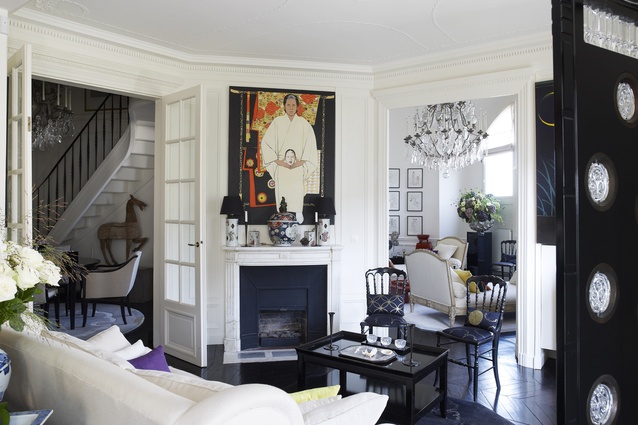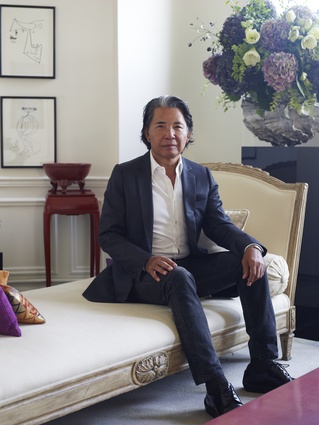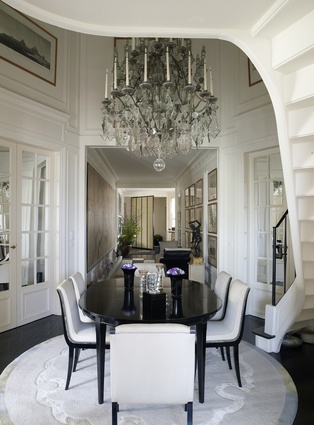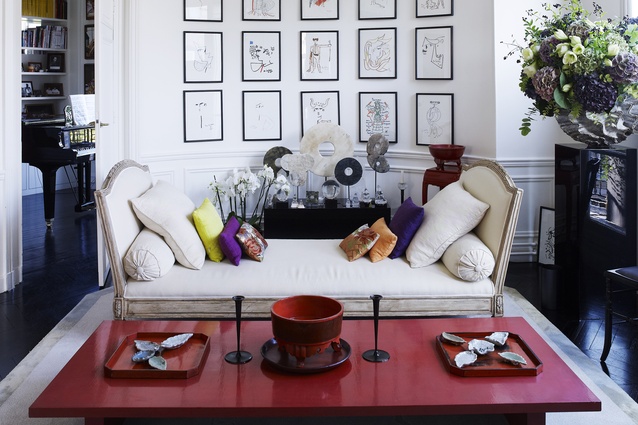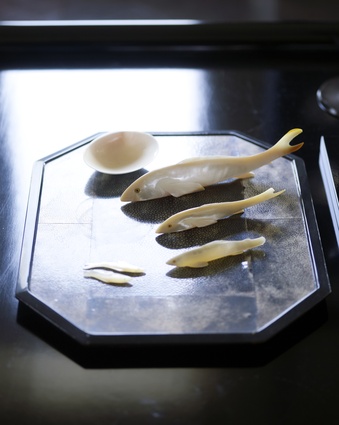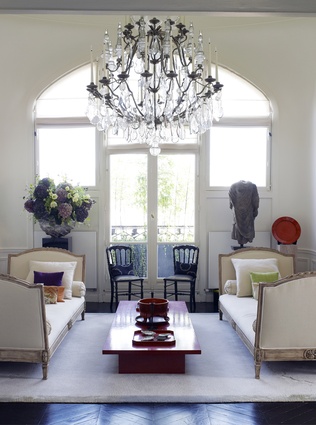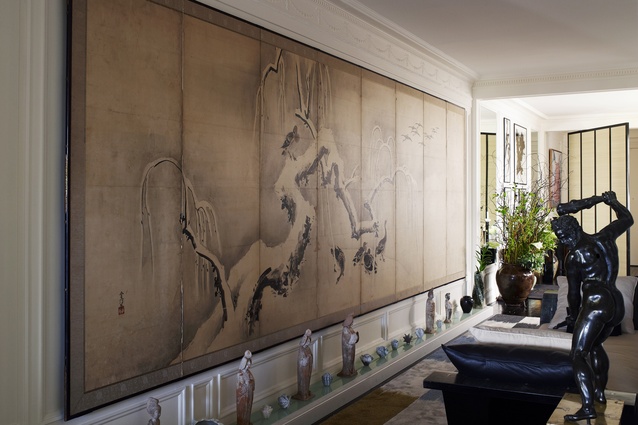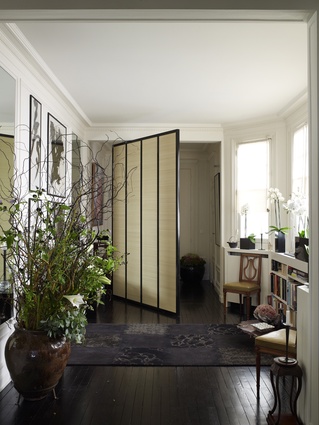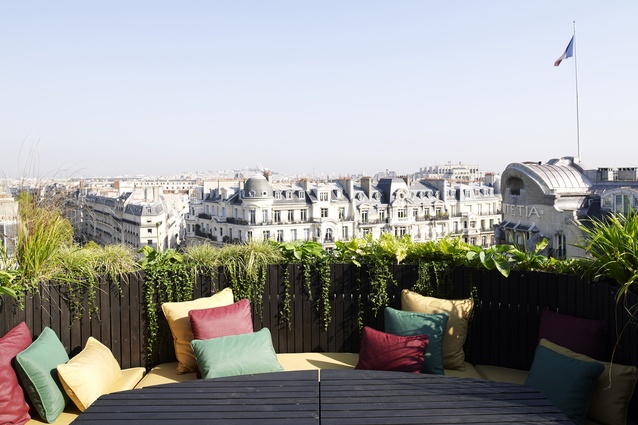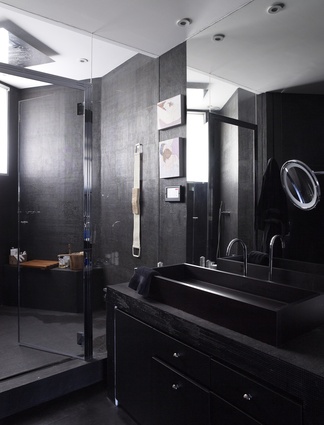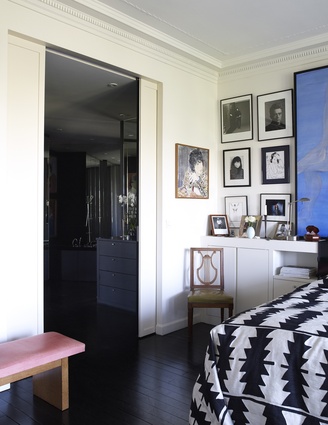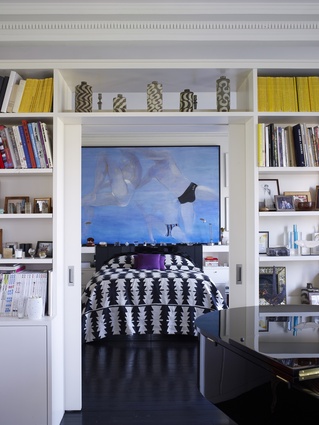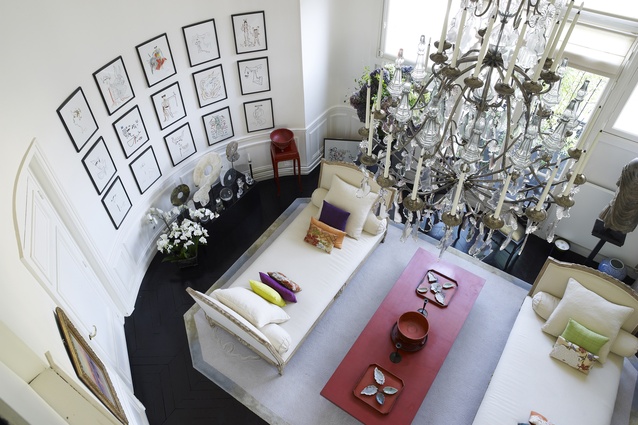Kenzo’s castle
A fresh start can often prove to be a liberating and rewarding experience. This was certainly true for fashion designer Kenzo Takada when he sold his former Paris home in the Place de la Bastille, auctioned many of its contents, and began the process of creating a completely new space for himself in Saint-Germain-de-Prés. The result is a serene, calm and sophisticated top-floor apartment within a 19th-century, Baron Haussmann-era building where old meets new and east meets west.
“This was the first apartment that I saw,” says Takada. “I went on looking and went to see 10 others but I came back to this one because my dream was to have a view of the Eiffel Tower and to be close to Saint-Germain; so, this is it. In fact, the view covers almost all of Paris, across the Seine and to Montmartre. I love this place. It makes sense for me.”
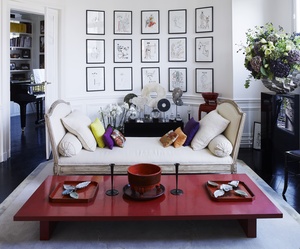
The flat promised a great deal, but was divided up into a warren of rooms and corridors. For Takada, the challenge was to create a sense of openness and light within this maze, and a sense of cohesion. He worked with American-born, Paris-based designer Ed Tuttle, who is a close friend and happens to live close by. Tuttle is best known for his work on hotels and retreats around the world, including Aman Resorts, but he has also worked on residential commissions.
“It was really Kenzo who designed the apartment and I helped him where I could,” says Tuttle. “We tried to open things up as much as possible. The apartment as it was before was just suited to a completely different lifestyle, so everything had to be completely redone. It was about trying to renovate in a way that would suit Kenzo’s way of life – a bachelor with many friends, who entertains a good deal. But the things that were important to the house were kept – anything with an architectural value.”
Two or three separate rooms often became one, while the area around the staircase – leading to a modest upper attic level and a roof terrace – were completely opened out. The result is a reinvented space with a fluid, unified, open feel, but one that also retains period character through its plaster mouldings and fireplaces within rooms which each have a clearly defined character and function.
“The mouldings, the fireplaces and the parquet – which we darkened – were all there,” says Takada. “I wanted a lot of black lacquer, perhaps because I am Japanese, and also crystal. We went to Mathieu Lustrerie in Provence to have the chandeliers made. The chandeliers are my favourite pieces in the apartment. They set the tone of the decoration and bring magic to the place.”
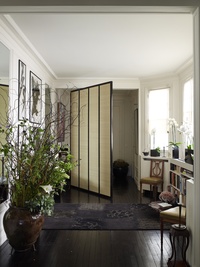
From the long entrance hall, graced with a vast Japanese screen against one wall, one steps into a dramatic double-height space holding the staircase to the upper level, as well as a dining table sitting beneath one of these extraordinary chandeliers, while the walls and plasterwork are picked out in crisp, clean paintwork that contrast with the dark, wooden floors. Other key living spaces radiate outwards from here.
There is a long and generous sitting room, blessed with sunlight from a procession of windows. There is space enough here for a library at one end of the room and another dining area, sitting close by the entrance to the kitchen. A double-height dome, or rotunda, also enriched with a vibrant crystal chandelier, forms an alternative lounge, complete with period French daybeds.
“I was lucky with the furnishings,” says Takada. “I auctioned off almost everything I had from the previous house and the few pieces that I kept – such as the huge screen from Kyoto in the hallway – fitted perfectly in the space. I wanted the place to be calm and serene, but I needed it to feel modern and alive as well. When I started to think about the atmosphere of the apartment, the idea of a cultural marriage wouldn’t leave me, which is why I tried to associate the very Hausmannian style that the apartment has with an Asian point of view.”
Takada has had the Jean Cocteau drawings that now inhabit the walls of the rotunda for 20 years. The period French daybeds and the low red coffee table also came from the house in the Place de la Bastille.
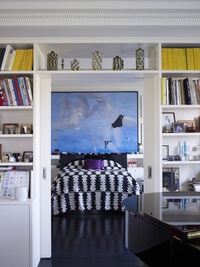
“One thing that is really wonderful about the apartment is the beautiful collection of objects and art that Kenzo has put into the apartment,” says Tuttle. “It has a serenity because there is a unity of materials, but then the art and other pieces that Kenzo has introduced are so wonderful that your eye just flows from one element to the next.”
The Billy Sullivan painting over the bed in the bedroom is another favourite of Takada’s. In the room alongside stands a grand piano. This is a new passion for the designer and he takes lessons as often as he can. He has also established himself as a painter in recent years, exhibiting in Paris, Moscow and beyond. One of his self-portraits hangs over the fireplace in the sitting room.
The new apartment has a very different flavour to the old house, partly as a result of the period elements and the distinctive proportions of the spaces that Takada and Tuttle have created. But it is hard to think of a more delightful pied-à-terre, so closely reflecting the interests and eclectic eye of its owner. He has also had the place feng shui-ed, just to make sure that it as welcoming and relaxing as it can be for both Takada and his friends in Paris.
“I have a lot of friends here, so when I come up I like to see them,” says Takada. “I’d like to have more people over for dinner. I only just gave a house-warming party and we had 60 people here. I feel especially happy with the entrance to the apartment. It’s a very welcoming space. It does create a great first impression.”

